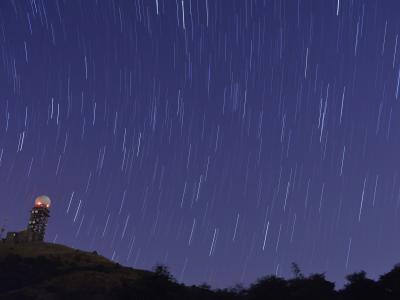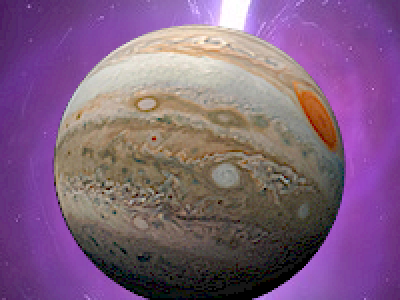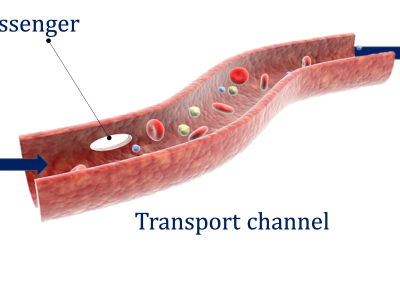
Motion analysis forms a very important research topic with a general mathematical background and applications in different areas including engineering, robotics, and neurology. This paper presents the use of the global navigation satellite system (GNSS) for detection and recording of the moving body position and the simultaneous acquisition of signals from further sensors. The application is related to monitoring of physical activity and the use of wearable sensors of the heart rate and acceleration during different motion patterns.
- Categories:







